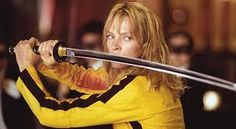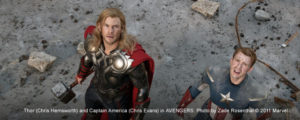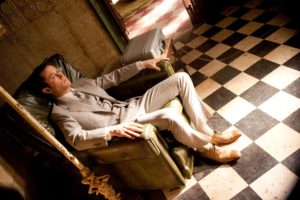The depth of field is the range of focus in a shot or photograph , it is an important concept for cinematographers to master because they need to be able to manipulate focus in order to create the desired effect.
There are two types of focus , shallow focus and deep focus. Shallow focus is when there is only one character in focus and any other characters in the scene are out of focus and blurry and the audience is unable to see them , in contrast, if the scene is in deep focus then all characters can be seen by the audience and none of them are blurred , however , shallow focus can cost the film verisimilitude because real life does not look like shallow focus shots.

This is an example of shallow focus from the first Kill Bill film (2004, directed by Quentin Tarantino) and it helps to emphasise the fact that The Bride (Uma Thurman) is the most important character in the scene and the characters in the background are irrelevant.

This scene from Citizen Kane (1941 , directed by Orson Welles) utilizes deep focus and this can be used in order to show that all characters in the scene are of equal importance and they are relevant to the plot of the film. Furthermore , deep focus makes the audience feel included in the world of the film because it helps to create verisimilitude because it reflects how the real world actually looks and it helps the film to create an accurate illusion of reality which shallow focus does not do.







